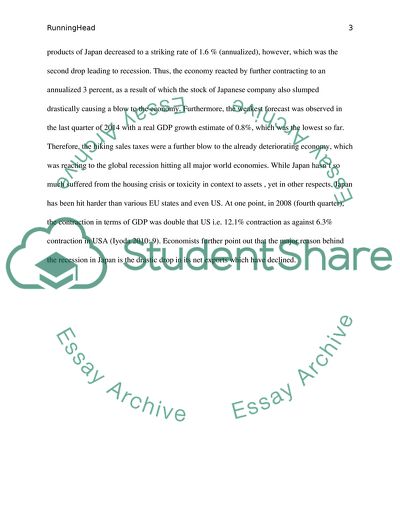Cite this document
(How has the crisis affected Japan and what have the authorities done Coursework, n.d.)
How has the crisis affected Japan and what have the authorities done Coursework. https://studentshare.org/macro-microeconomics/1862573-how-has-the-crisis-affected-japan-and-what-have-the-authorities-done-to-try-to-mitigate-the-effects-what-else-should-now-be-done
How has the crisis affected Japan and what have the authorities done Coursework. https://studentshare.org/macro-microeconomics/1862573-how-has-the-crisis-affected-japan-and-what-have-the-authorities-done-to-try-to-mitigate-the-effects-what-else-should-now-be-done
(How Has the Crisis Affected Japan and What Have the Authorities Done Coursework)
How Has the Crisis Affected Japan and What Have the Authorities Done Coursework. https://studentshare.org/macro-microeconomics/1862573-how-has-the-crisis-affected-japan-and-what-have-the-authorities-done-to-try-to-mitigate-the-effects-what-else-should-now-be-done.
How Has the Crisis Affected Japan and What Have the Authorities Done Coursework. https://studentshare.org/macro-microeconomics/1862573-how-has-the-crisis-affected-japan-and-what-have-the-authorities-done-to-try-to-mitigate-the-effects-what-else-should-now-be-done.
“How Has the Crisis Affected Japan and What Have the Authorities Done Coursework”. https://studentshare.org/macro-microeconomics/1862573-how-has-the-crisis-affected-japan-and-what-have-the-authorities-done-to-try-to-mitigate-the-effects-what-else-should-now-be-done.


